Forex trading is a dynamic and complex endeavor that requires the use of various technical indicators to analyze market trends and make informed trading decisions. One such indicator that has gained significant popularity among traders is the Exponential Moving Average (EMA). In this comprehensive guide, we will explore the intricacies of EMA and its applications in Forex trading.
Understanding Moving Averages
Before delving into the specifics of the Exponential Moving Average, it's essential to have a solid understanding of moving averages in general. Moving averages are widely used in technical analysis to smooth out price data and identify trends over a specified period. They are calculated by averaging the prices of an asset over a predetermined number of periods.
Types of Moving Averages
Moving averages come in various forms, each with its unique characteristics and applications in Forex trading. Understanding the different types of moving averages can help traders choose the most suitable one for their trading style and objectives.
1. Simple Moving Average (SMA)
The Simple Moving Average (SMA) is the most basic form of moving average, calculated by summing up the prices over a specified number of periods and dividing it by the same number. SMA provides a straightforward representation of the average price over time.
2. Weighted Moving Average (WMA)
The Weighted Moving Average (WMA) assigns different weights to each price point within the selected period, giving more significance to recent data. This approach aims to capture short-term price movements more effectively.
3. Exponential Moving Average (EMA)
The Exponential Moving Average (EMA) is a more advanced form of moving average that places greater emphasis on recent price data. It assigns exponentially decreasing weights to previous prices, giving higher importance to the most recent data points. The EMA reacts faster to price changes compared to SMA and WMA.
Exponential Moving Average (EMA) Explained
The Exponential Moving Average (EMA) is a powerful indicator that provides traders with a smoother representation of price trends. Unlike other moving averages, the EMA prioritizes recent data, making it highly responsive to price movements.
To calculate the EMA, you need to follow a specific formula. Let's consider an example of calculating a 10-day EMA:
Start with a chosen period (e.g., 10 days) and gather the closing prices for that period.
Calculate the SMA for the chosen period.
Assign a weight multiplier based on the selected period and desired level of responsiveness. The multiplier for a 10-day EMA is typically 2 / (10 + 1) = 0.1818.
Calculate the EMA using the previous day's EMA value and the current day's closing price, applying the weight multiplier. The formula is: EMA = (Closing Price - Previous EMA) * Multiplier + Previous EMA.
Repeat the process for each subsequent day, using the latest EMA value for the calculation.
By using this iterative process, the EMA adapts quickly to recent price changes, providing traders with valuable insights into the prevailing market trends.
Benefits of Exponential Moving Average
The Exponential Moving Average offers several advantages that make it a popular choice among Forex traders. Understanding these benefits can help traders harness the full potential of EMA in their trading strategies.
1. Enhanced Trend Identification
One of the key benefits of using EMA is its ability to identify trends more effectively. Due to its responsiveness to recent price movements, the EMA adapts quickly to changing market conditions. Traders can use this feature to identify and confirm the direction of the prevailing trend.
2. Smoother Price Representation
EMA provides a smoother representation of price trends compared to other moving averages. The emphasis on recent data reduces the lag often associated with traditional moving averages, enabling traders to make more timely and accurate decisions.
3. Improved Trading Signals
By utilizing EMA crossovers and other strategies, traders can generate reliable trading signals. EMA crossovers occur when a shorter-term EMA crosses above or below a longer-term EMA, indicating potential buy or sell opportunities.
4. Flexibility and Customization
EMA offers flexibility in terms of the selected period and the weight multiplier applied. Traders can customize the EMA to suit their preferred trading style, whether it's day trading, swing trading, or long-term investing.
5. Integration with Other Indicators
EMA can be effectively combined with other technical indicators to create a comprehensive
trading system. By leveraging the strengths of different indicators, traders can gain a more holistic view of the market and make well-informed trading decisions.
Using Exponential Moving Average in Forex Trading
Now that we have explored the benefits of EMA, let's delve into its practical applications in Forex trading. Here are some effective strategies and techniques for utilizing EMA to enhance your trading performance:
1. EMA as a Trend Indicator
One of the primary applications of EMA is trend identification. By analyzing the slope and positioning of the EMA line, traders can determine the prevailing market trend. When the price is above the EMA, it suggests an uptrend, while a price below the EMA indicates a downtrend.
2. EMA Crossovers
EMA crossovers are widely used to generate trading signals. When a shorter-term EMA crosses above a longer-term EMA, it signals a potential bullish trend and serves as a buy signal. Conversely, when the shorter-term EMA crosses below the longer-term EMA, it suggests a bearish trend and acts as a sell signal.
3. EMA and Support/Resistance Levels
Combining EMA with support and resistance levels can strengthen trading decisions. When the price approaches a significant support level and bounces off it while the EMA confirms the bullish trend, it provides a strong buying opportunity. Similarly, when the price encounters a resistance level and fails to break it while the EMA aligns with the bearish trend, it indicates a potential selling opportunity.
4. EMA in Confluence with Other Indicators
EMA works exceptionally well when used in conjunction with other technical indicators. For example, combining EMA with the Relative Strength Index (RSI) can help traders identify overbought and oversold conditions. When the price is above the EMA and the RSI indicates overbought conditions, it may be an opportune time to sell.
5. EMA Timeframes
Selecting the appropriate EMA timeframe is crucial for aligning with your trading style. Shorter-term EMAs, such as 20-day or 50-day EMAs, are suitable for day traders seeking quick profits from short-term price fluctuations. Conversely, longer-term EMAs, such as 100-day or 200-day EMAs, are more suitable for long-term investors aiming to capture significant market trends.
6. EMA Strategies for Day Trading
Day traders can employ specific EMA strategies to capitalize on intraday price movements. One popular strategy is the EMA ribbon, which involves plotting multiple EMAs with different periods on the chart. When the EMAs align and diverge, it provides clear signals for potential trades.
7. EMA Strategies for Swing Trading
Swing traders focus on capturing intermediate-term trends that last from a few days to a few weeks. EMA can be utilized in swing trading strategies by identifying trend reversals and entering trades when the price aligns with the prevailing trend confirmed by the EMA.
8. EMA Strategies for Long-Term Investing
Long-term investors can benefit from EMA by using it as a tool for strategic entry and exit points. By analyzing the long-term EMA, such as the 200-day EMA, investors can identify major trends and make informed decisions on when to enter or exit positions.
Frequently Asked Questions (FAQs)
FAQ 1: What is the difference between SMA and EMA?
The main difference between the Simple Moving Average (SMA) and the Exponential Moving Average (EMA) lies in the calculation method. While SMA gives equal weight to all data points within the selected period, EMA assigns exponentially decreasing weights to previous prices, focusing more on recent data. As a result, EMA reacts faster to price changes compared to SMA.
FAQ 2: Can EMA be used as a standalone indicator?
Yes, EMA can be used as a standalone indicator to identify trends, generate trading signals, and determine potential entry and exit points. However, it is often more effective when combined with other technical indicators to gain a comprehensive understanding of the market.
FAQ 3: How do I choose the right EMA period for my trading strategy?
The choice of EMA period depends on your trading style and objectives. Shorter-term EMAs, such as 20-day or 50-day EMAs, are suitable for short-term traders, while longer-term EMAs, such as 100-day or 200-day EMAs, are more suitable for long-term investors. Experimenting with different periods and observing how they align with market trends can help you identify the most effective EMA for your strategy.
FAQ 4: Can EMA be used in other financial markets besides Forex?
Absolutely! While this article focuses on EMA's application in Forex trading, it is a versatile indicator that can be utilized in various financial markets, including stocks, commodities, and cryptocurrencies. The underlying principles and strategies remain the same across different markets.
FAQ 5: Is EMA suitable for beginners?
Yes, EMA can be suitable for beginners, as it provides a straightforward method for trend identification and generating trading signals. However, it is crucial to combine EMA with a solid understanding of risk management, technical analysis, and other trading principles to make well-informed decisions.
Conclusion
In conclusion, the Exponential Moving Average (EMA) is a powerful tool that can significantly enhance Forex trading strategies. Its ability to identify trends, generate trading signals, and adapt to changing market conditions makes it a valuable asset for traders of all levels.
By incorporating EMA into your trading approach and utilizing the various strategies discussed in this article, you can gain a competitive edge in the dynamic Forex market. Remember to adapt the EMA parameters and strategies to align with your trading style and objectives.
Explore the vast opportunities that EMA offers, backed by thorough analysis, risk management techniques, and continuous learning. Unlock the potential of Exponential Moving Average and elevate your Forex trading journey.
Resources and Further Reading
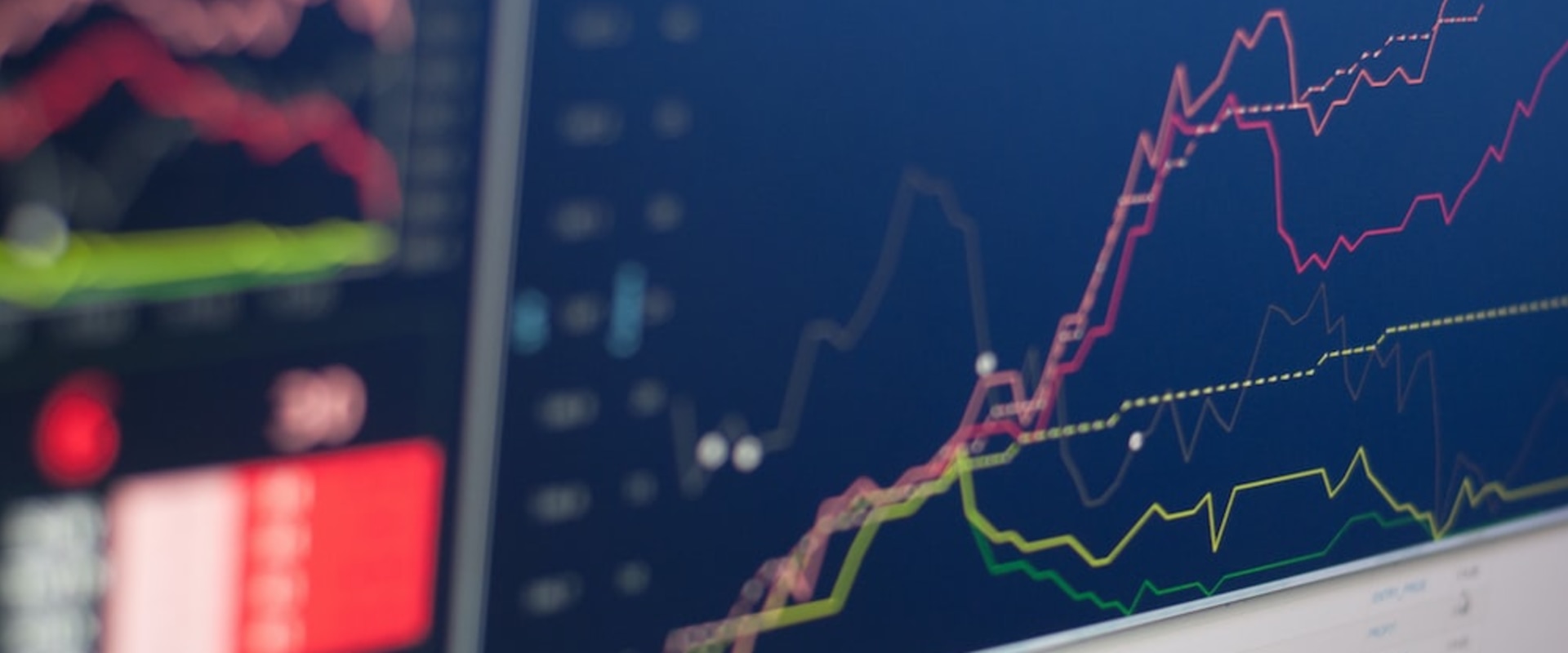


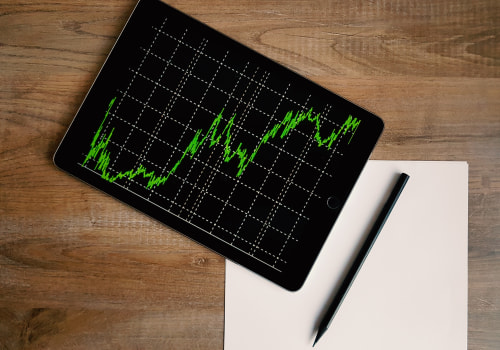
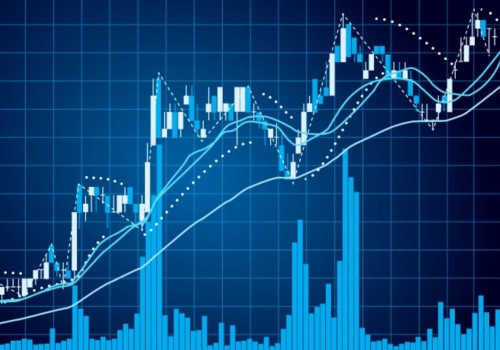
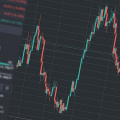

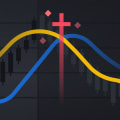
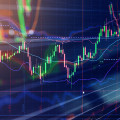



Leave Reply